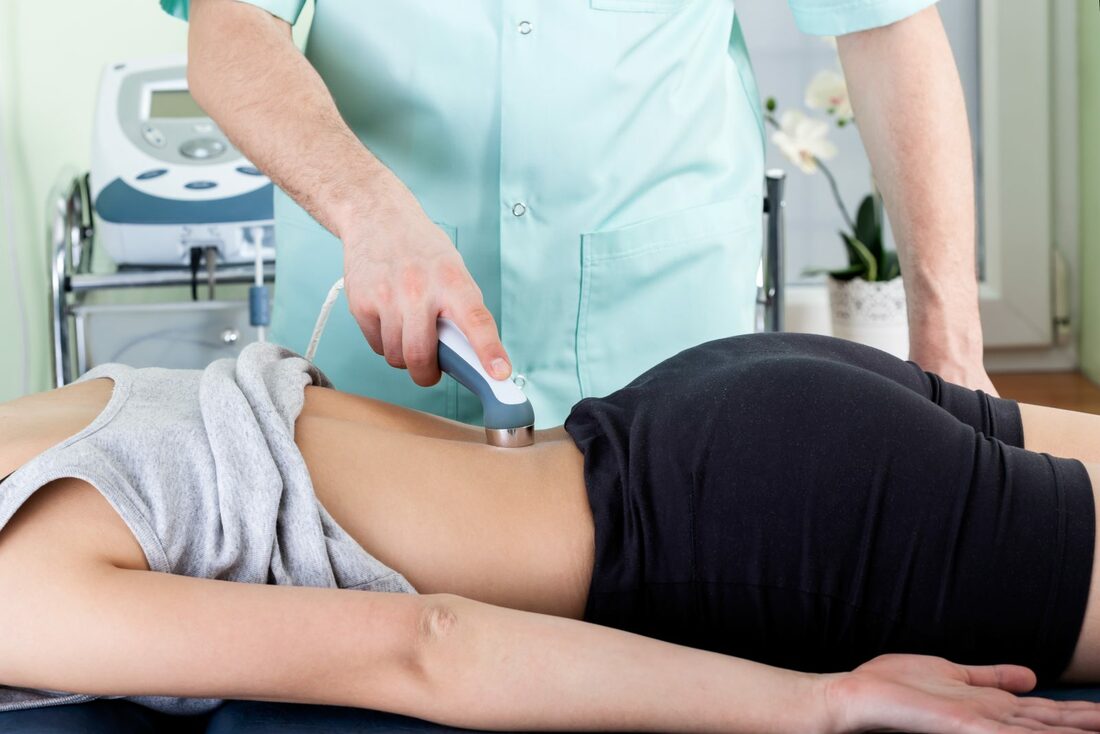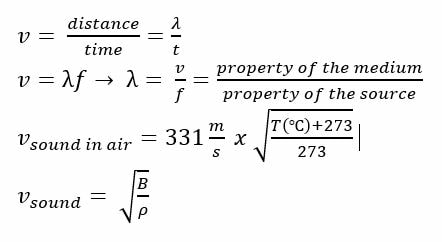UltrasoundUltrasound utilizes different intensities and frequencies of sound to stimulate/provoke tissue with waves (vibration therapy)
Treats: osteoarthritis, myofascial pain, bursitis, pain from scar tissue, phantom limb pain, sprains, strains |
ThermalThermal ultrasounds use the process of continuous transmission of sound waves which cause microscopic vibrations. By Increasing heat and friction at the source, it encourages healing by increasing the metabolism at the level of the tissue cells.
|
MechanicalMechanical ultrasounds are known for the pulsing of sounds waves. These waves are a minor warming effect which causes expansion and contraction in the gas bubbles found in the tissues. As a result, it decreases inflammatory response while also reducing swelling and pain.
|
Ultrasound is applied using a round-headed wand or probe which is put in direct contact with the patient's skin. Then, ultrasound gel is applied on all surfaces of the head to reduce friction. The gel also assists in the transmission of the ultrasonic waves. The sound waves that pass through the skin cause heat the tissues deep below the skin, however, it is common that patients do not feel the heat.
Traveling WavesSound waves exists at frequencies well above 20kHz. Ultrasonic frequencies are the main component of ultrasounds. A wave, traveling at more than a MHz, travels through the body, which is essentially a body of water. A sound wave travels at a speed of 1480 m/s with an approximate wave length of 0.5mm. A sound wave is not just a traveling wave of molecular displacement, but is also a traveling pressure wave.
Longitudinal waves = particles in the medium are displace parallel to the direction in which the wave travels Mechanical waves = travel only with a material medium |



